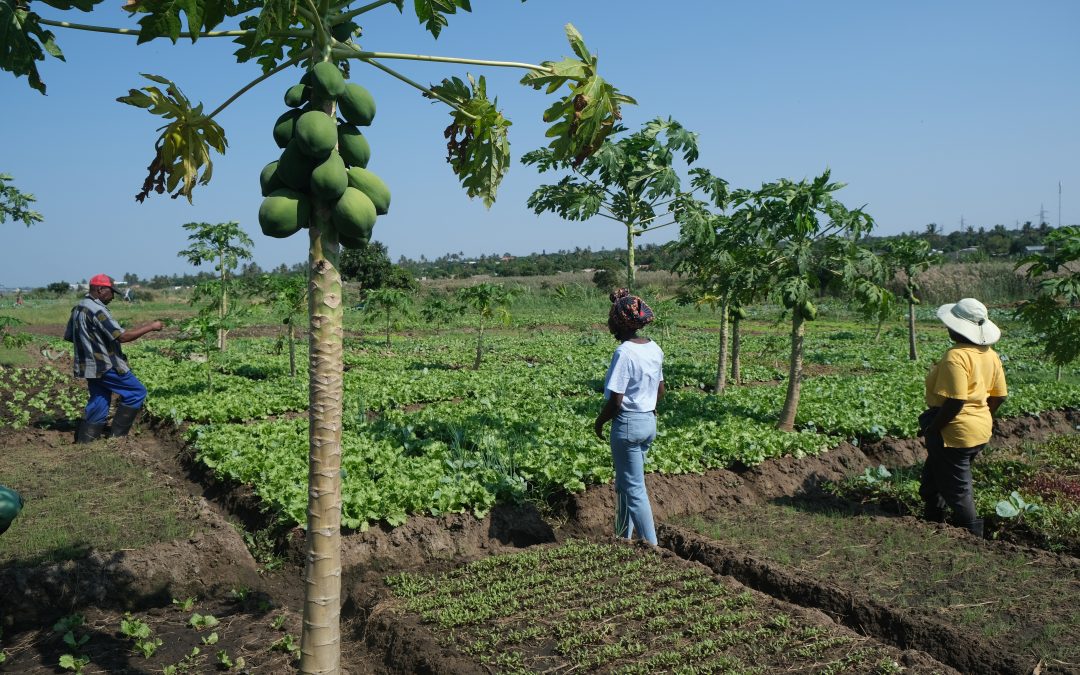© AICS Maputo
We will be taking part in COP 16, Cali (Colombia) with a delegation from the Secretariat, member organizations and countries. Through our side events and interventions, we will be advocating the transformation of food systems through agroecology in relation to biodiversity.
Check out our programme of events here!
Consult our Guide to COP 16 to find out more about our mission, events and resources!
What’s the connection between agroecology and biodiversity?
Agroecology applies ecological and social concepts and principles to the design and management of food and agricultural systems. Biodiversity is one of the 13 principles at the basis of agroecology. While conventional farming invests in monocultures, agroecology contributes to maintaining and enhancing diversity of species in time and space (at field, farm and landscape scale). Half of the planet’s habitable land is occupied by agriculture, which means that food systems are key for land freshwater and marine ecosystems. Consequently, food is an important lever for positive change and agroecological principles provide great potential to reform our agri-food systems.
- Agroecology conserves, uses, improves and sustains biodiversity, by fostering interactions between plants, animals, humans and the environment at all levels. Agroecological approaches enhance biodiversity and increase resilience through practices such as polycultures, agroforestry systems, mixed crop-livestock systems, co-creation of knowledge for locally contextualized solutions, and the strenghtening of local food systems and short supply chains, among many others.
- Agroecology promotes the role of small biodiverse family farms that produce most of the world’s food, holding sophisticated and ancestral knowledge on agricultural biodiversity, and together with indigenous communities are important custodians of global biodiversity.
- Agroecological traditional practices and technical innovations in food and farming demonstrate that this shift from maximizing production at the expense of nature to farming with biodiversity is possible (WWF 2021).

